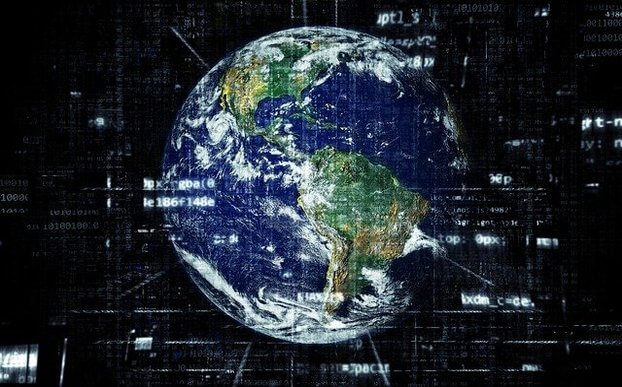Webinar report: Supply Chain Triage: Issues to Consider in a Global Pandemic
TABS Webinar Report
The European American Chamber of Commerce held a webinar on Supply Chain Triage: Issues to Consider in a Global Pandemic on April 14th, 2020.
Speakers:
– Laura Siegel Rabinowitz, Partner, Greenberg Traurig
– Didier Vanderperre, VP Operations, Clasquin
– Stan de Caluwe, Senior Manager Supply Chain Solutions, Holland International Distribution Council (HIDC)
– Wim Dillen, International Development Manager, Antwerp Port Authority
Pandemic Impact on Supply Chains
There was an enormous supply chain disruption. It naturally started with China shutting down its factories and the initial question was if the Chinese factories closing down would affect other factories in the world, but then Italian factories closed down and it spread to Europe and the US. Supply chain was turned upside down, orders were cancelled and payments for previous orders haven’t been accomplished.
As the pandemic spread the demand shifted, depending on the industry, some companies have now more demand and are working 24h shifts. Some companies have also shifted their production towards this new demand seeking new opportunities.
Changes in Europe
Different forces are impacting supply chain now. Initially US companies were worried about the continuation of operations in Europe and if the goods would reach the destination and it is a valid preoccupation in the short term, but there is no reason to believe the lockdown will become stricter. Ports and airports need to continue work in times of social distancing and these organizations have adapted to be able to deliver. More recently the EU asked member states to add designated lanes for freight trucks in Europe. There’s 40% more air freight traffic, mostly airplanes with medical gear to fight the pandemic. Almost all distribution centers are fully functioning, the challenges are the last delivery point and the long transit time from China to Europe.
Challenges in the US
In the beginning Chinese ports were being skipped; when they reopened the opposite happened and now there is a lot of supply trying to leave China. On both stages it caused a major disruption in the schedule of ships causing equipment to be in the wrong place at the moment. It created a huge mess that we are still trying to organize. Curiously the Suez canal is being avoided, ships are going around Africa and the train from China to Europe had a very good month.
Trade Policy
Pre-pandemic the US Administration was already trying to bring manufacturing back to the US. Most imports are parts while finished products from China had an increase in 25% in tariffs. There has been a long dispute between US and EU in WTO, additional tariffs were added to specific products. After the break of the pandemic the US Administration recognized how exposed the US was due to not having enough manufacturing in the country, now there is a bipartisan support to bring supply chain back to the US. As of now they are working on exclusions on medical supplies from China.
Perspective for the Future
When things go back to normal it won’t be the same “normal” that we know, the post Covid-19 will look very different. Supply chain will be totally transformed in the years to come, companies realized years back they were over exposed to China, they’ve been affected by the Trade war and now by Covid-19. But these transformations will be very slow, changing the supply chain is very complex, infrastructure is the biggest challenge, you may change your production to India or Vietnam, but you won’t have the same roads or ports and, on the other hand, if you change your supplier to another in Southeast Asia you may find out they supply from China themselves. New challenges will come ahead for Supply Chains, we know for sure after we overcome Covid-19 there will be an economic impact and we can’t predict how hard it will hit, but we know the consumer will be affected.

